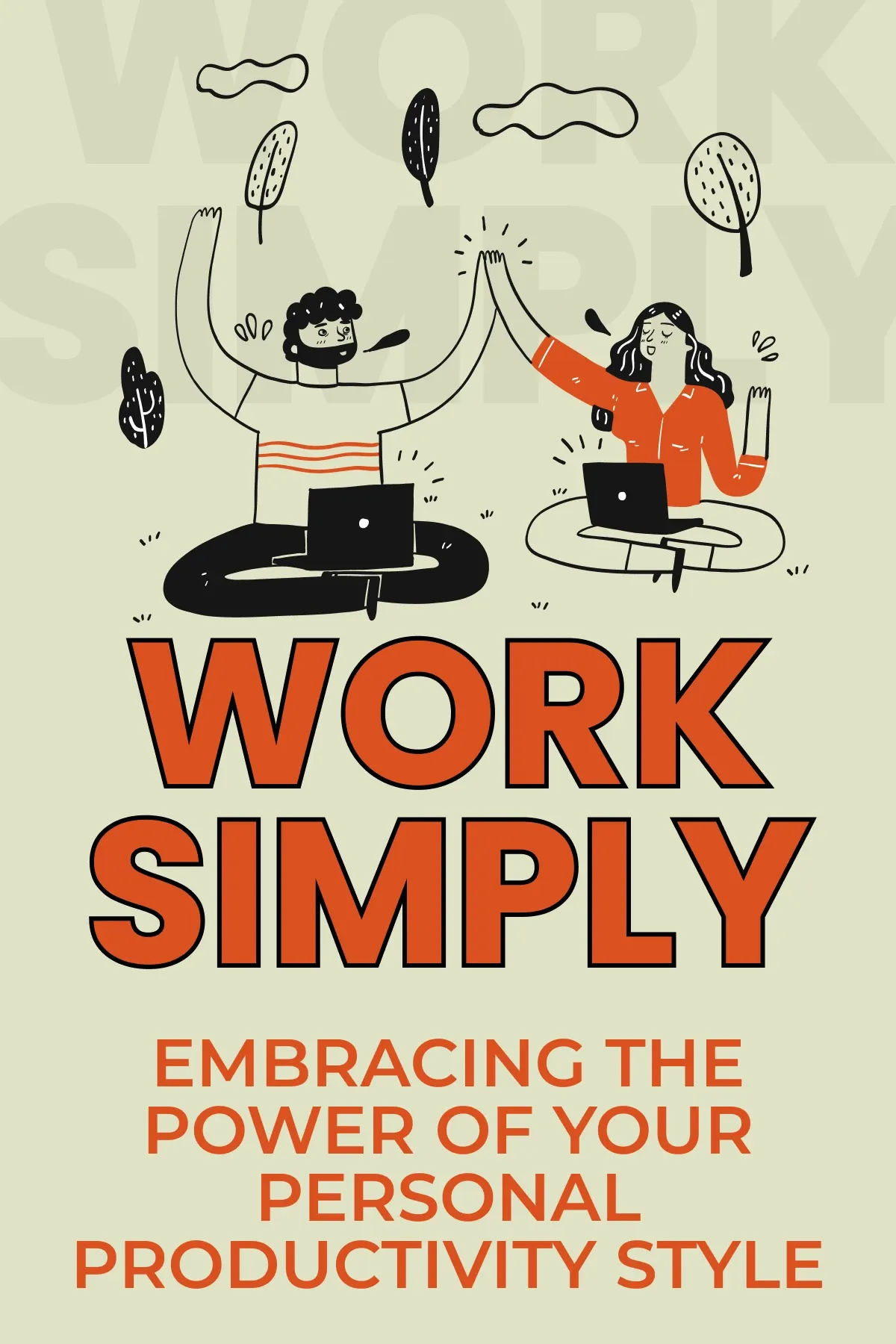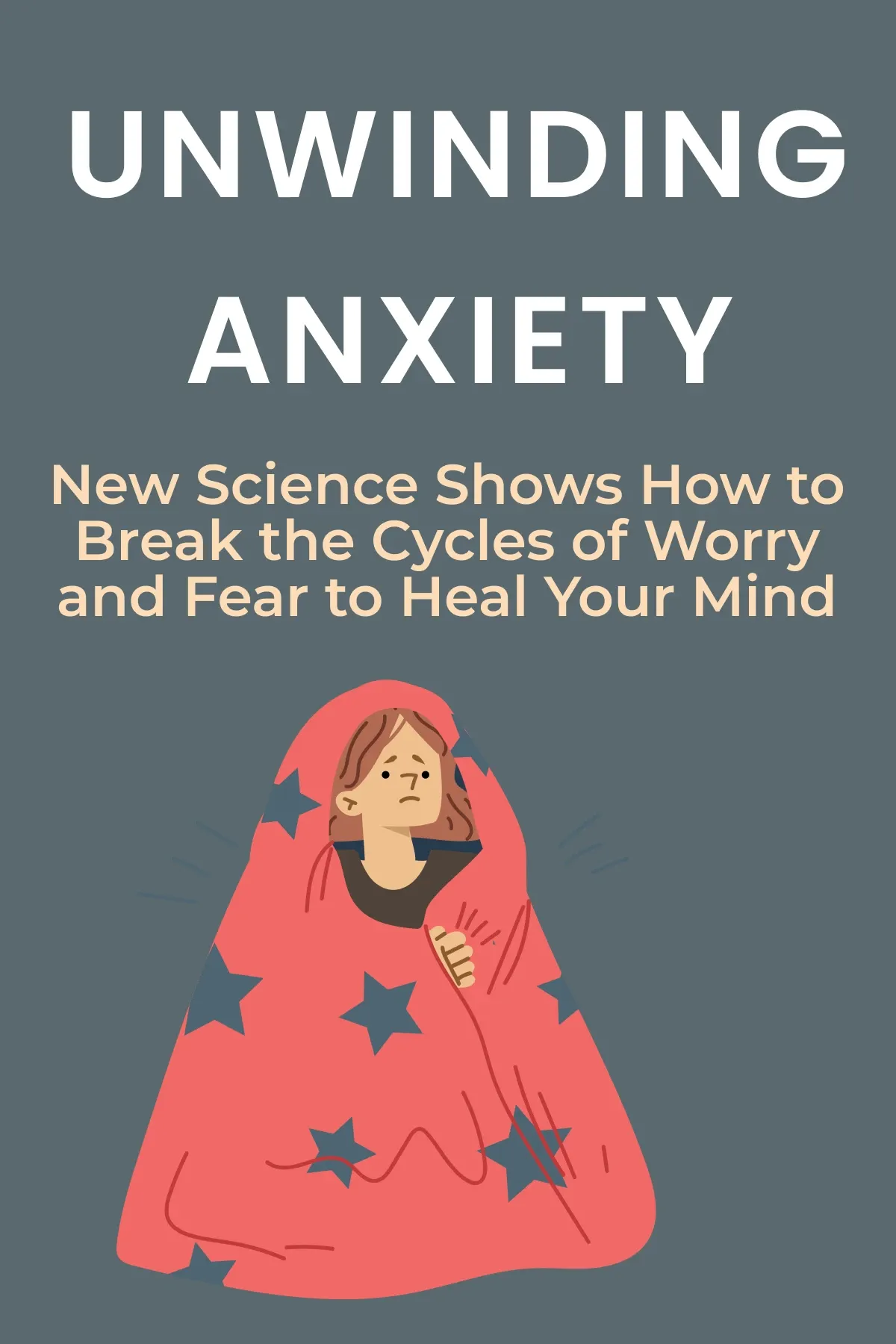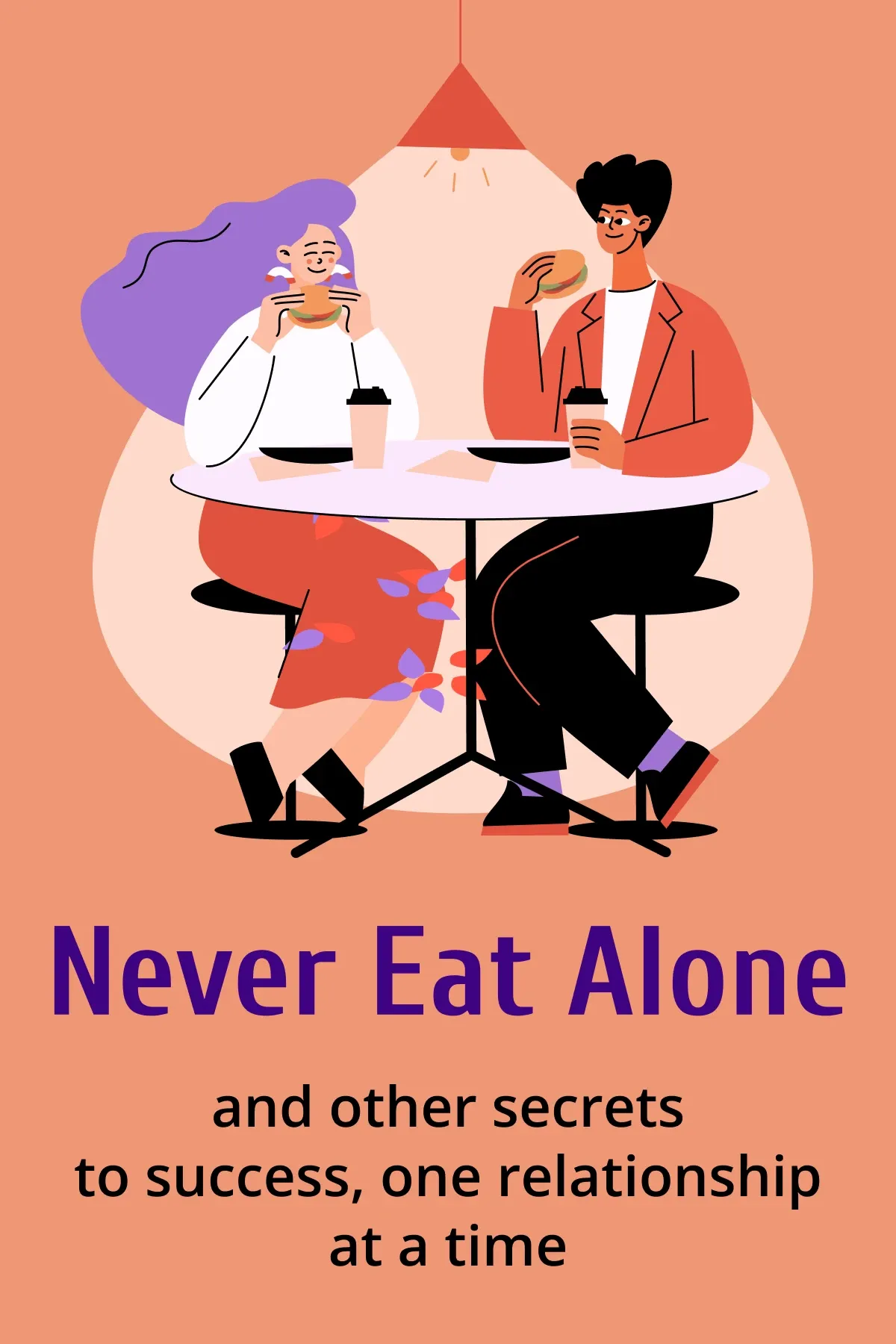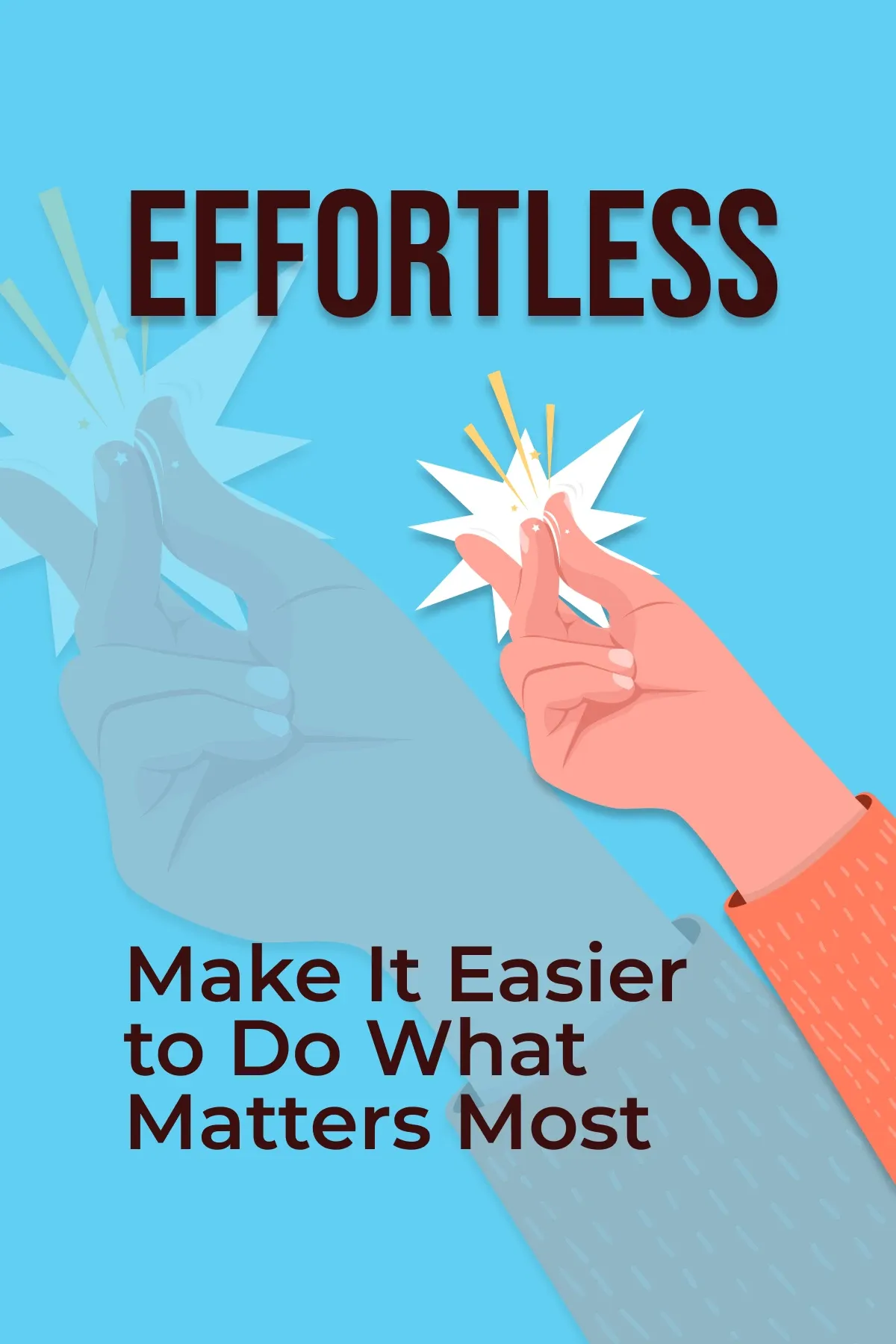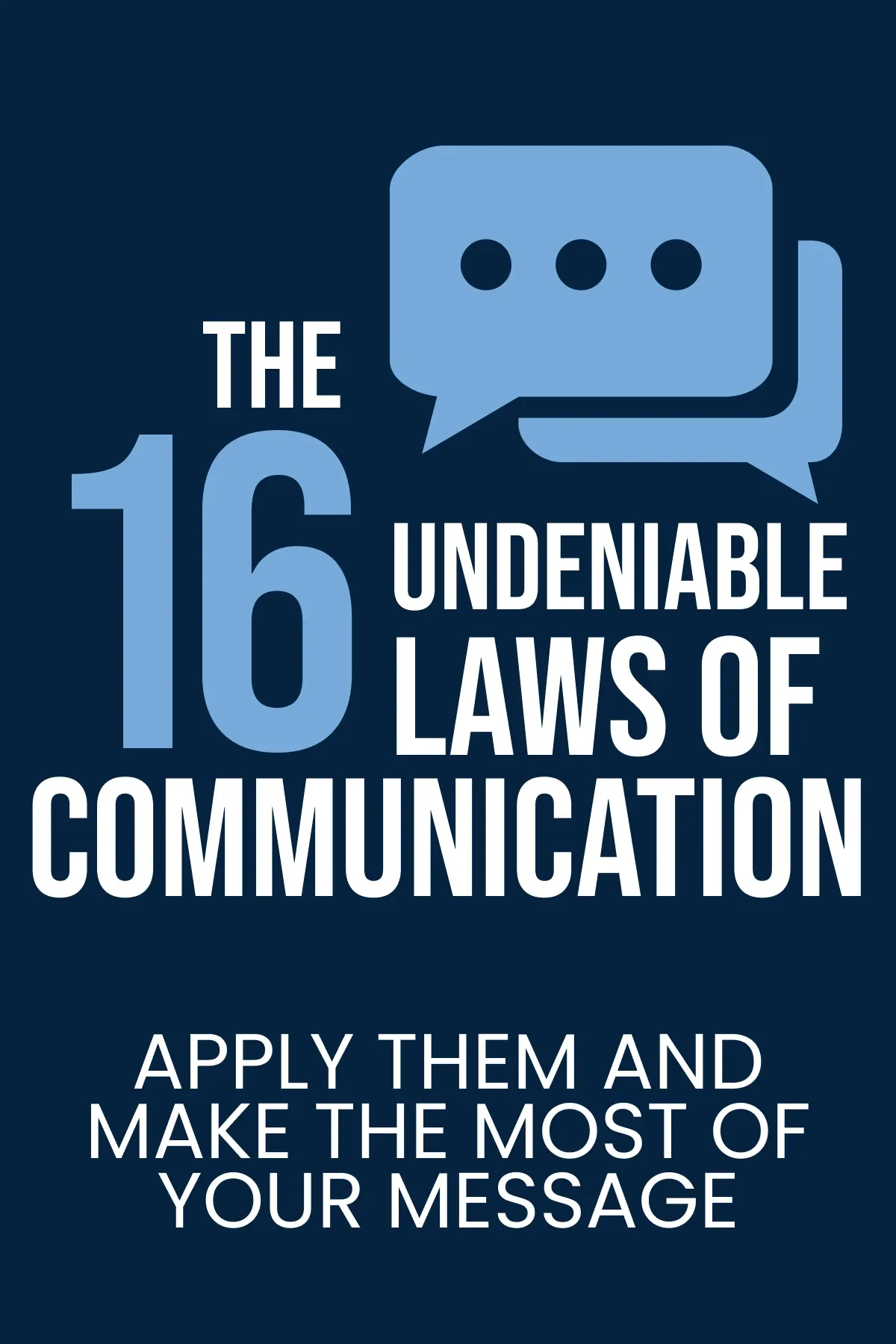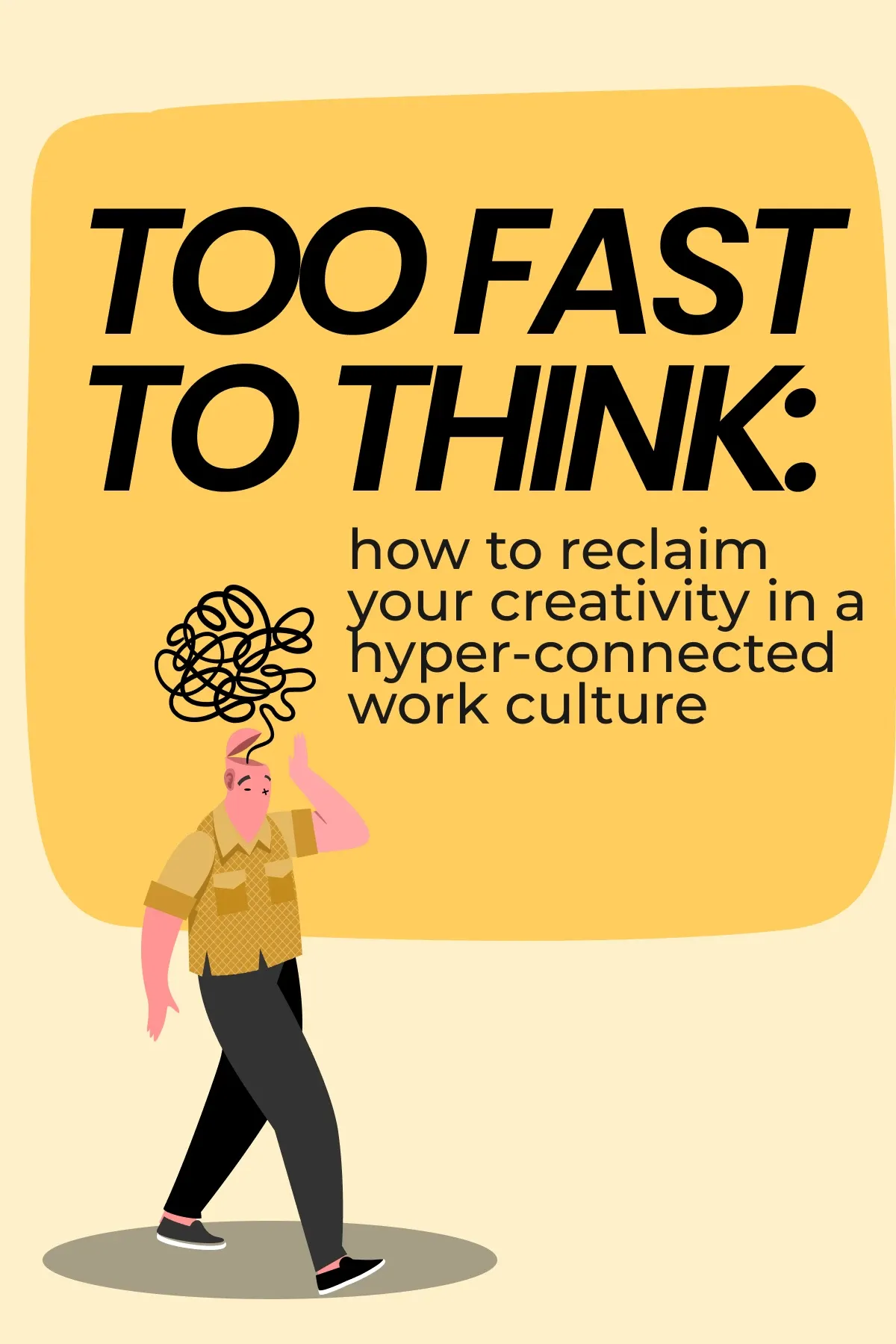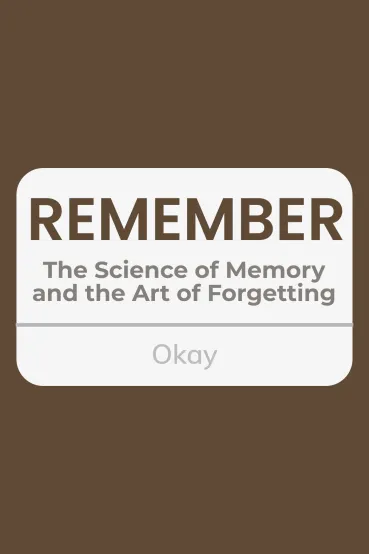
Remember
Brief Summary
“Remember” is an accessible primer to our brain that explores the processes of creating memories and forgetting. This book helps us understand why we forget some things, the difference between normal forgetting because of aging and Alzheimer’s, and how to prevent such diseases. Also, it has powerful insights on how to memorize useful information efficiently.
Key points
Key idea 1 of 10
Our memory is a unique tool that allows us to remember anything: books we read, songs we listen to, and faces we see. According to statistics, we remember from 20,000 to 100,000 word meanings during our lifetime. Our memory can store complex, meaningless, and significant types of information. So, how do we create memories?
The process of making memories has four stages. The first one is *encoding*. In this stage, our brain perceives sounds, meaning, and information about what’s happening and transforms it into neurological language. The second stage is *consolidation*. Here, our brain makes associated connections between previously unrelated neurons. Then, there are stages of *storage* and *retrieval*. It’s how we create long-term memories.
The structure responsible for creating memories, which is located just in the middle of our brains, is called the hippocampus. It starts working on the consolidation stage, linking the separate pieces of information in one memory. So, it’s logical to assume that any damage in the hippocampus area will influence our memory. For instance, Princess Diana's bodyguard, Trevor Rees-Jones, who also was at the car crash that killed the Princess, can’t remember anything about that night. The reason is that his hippocampus was seriously injured.
One of the main ways to stimulate the brain and remember information is attentiveness. Our brain isn’t a video camera, which records everything we experience. We can only remember things when we pay attention to them. That’s why you can forget where you parked your car last time because, during parking, you were thinking about what to buy at the store, not paying attention to it.
Why is it so easy to forget casual things? Because paying attention requires making a conscious effort. Our brain is usually in a state of daydreaming and repetitive thinking on autopilot. Nevertheless, we should also be mindful about what we pay attention to. Some things are useless or unbeneficial to remember them.
There are three main types of memory functions: semantic, episodic, and muscle memory. In the next chapter, we will learn about one of them.
FAQ
You may also like these summaries




